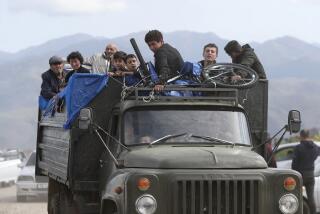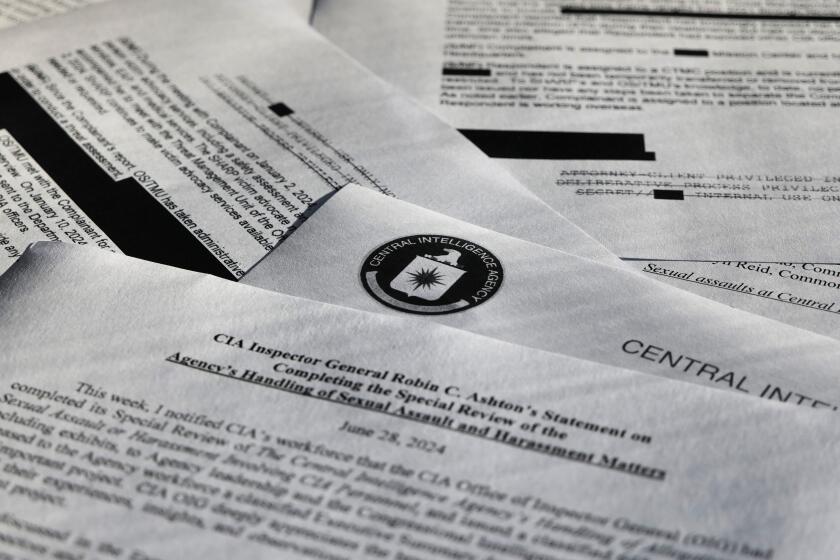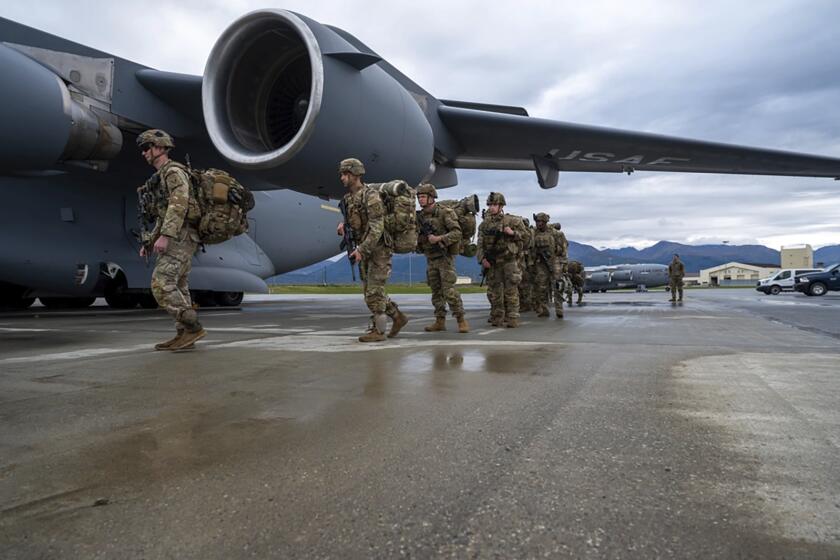Disease Is Linked to Gulf Vets
Veterans of the 1991 Gulf War appear to have a significantly higher risk of the neuromuscular disease amyotrophic lateral sclerosis, better known as Lou Gehrig’s disease, according to two new studies.
The findings, published today in the journal Neurology, found that the fatal disease occurred roughly twice as often in Gulf War veterans compared to civilians and military personnel not deployed to the Persian Gulf.
While the number of veterans with ALS was very small in relation to the 700,000 troops who served in the war, the number was unexpected because ALS is extremely rare and predominantly affects older adults.
The reason for the heightened ALS risk is unknown, but scientists speculate that it may be linked to Gulf War syndrome, an array of symptoms including fatigue, memory loss, headaches and joint pain reported by many veterans of the 1991 conflict.
Gulf War syndrome remains a mystery. A variety of possible causes -- including exposure to depleted uranium, insecticides or toxic sarin nerve gas that was released by the bombing of Iraqi chemical munitions -- have been offered to explain the numerous reports of health problems.
The two studies were conducted by Dr. Robert Haley, chief of epidemiology at the University of Texas Southwestern Medical Center in Dallas, and a team led by Ronnie Horner, an epidemiologist with the National Institute of Neurological Disorders and Stroke.
Haley said he initiated his study after being approached in 1997 by a 35-year-old Gulf War veteran who had developed ALS. Haley eventually identified 20 such cases among those who had seen active duty in the Persian Gulf, 17 of them in people younger than 45 (ALS is usually diagnosed in people 45 or older). Two-thirds of these patients had also reported suffering from Gulf War syndrome, Haley said.
Horner’s group identified 40 people with ALS who had been deployed in the Gulf War.
In both studies, ALS was not associated with a particular mission or area, although Horner’s study reported a more than twofold increased rate among Air Force personnel.
ALS is a disease in which nerves controlling movement degenerate, causing muscles to waste away and movement problems leading to paralysis and eventually death. There is no known cure for the disease, which affects an estimated 20,000 Americans.
Dr. Beatrice Golomb, assistant professor of medicine at UC San Diego, said today’s findings are important because ALS is the first clearly defined disease that has been linked to serving in the 1991 Gulf War.
But Dr. Michael Rose, a neurologist at King’s College Hospital in London, cautioned that the findings were prone to error because the number of veterans with ALS was small. He said the numbers could be distorted, for example, if people with ALS who served in the Gulf War were more likely to come forward than people who were not deployed to the Persian Gulf.
“It doesn’t matter how hard you work or how conscientious you are,” Rose said. “If there’s anything slightly wrong with the methodology, then that figure of twice the risk could vanish.”
More to Read
Sign up for Essential California
The most important California stories and recommendations in your inbox every morning.
You may occasionally receive promotional content from the Los Angeles Times.










